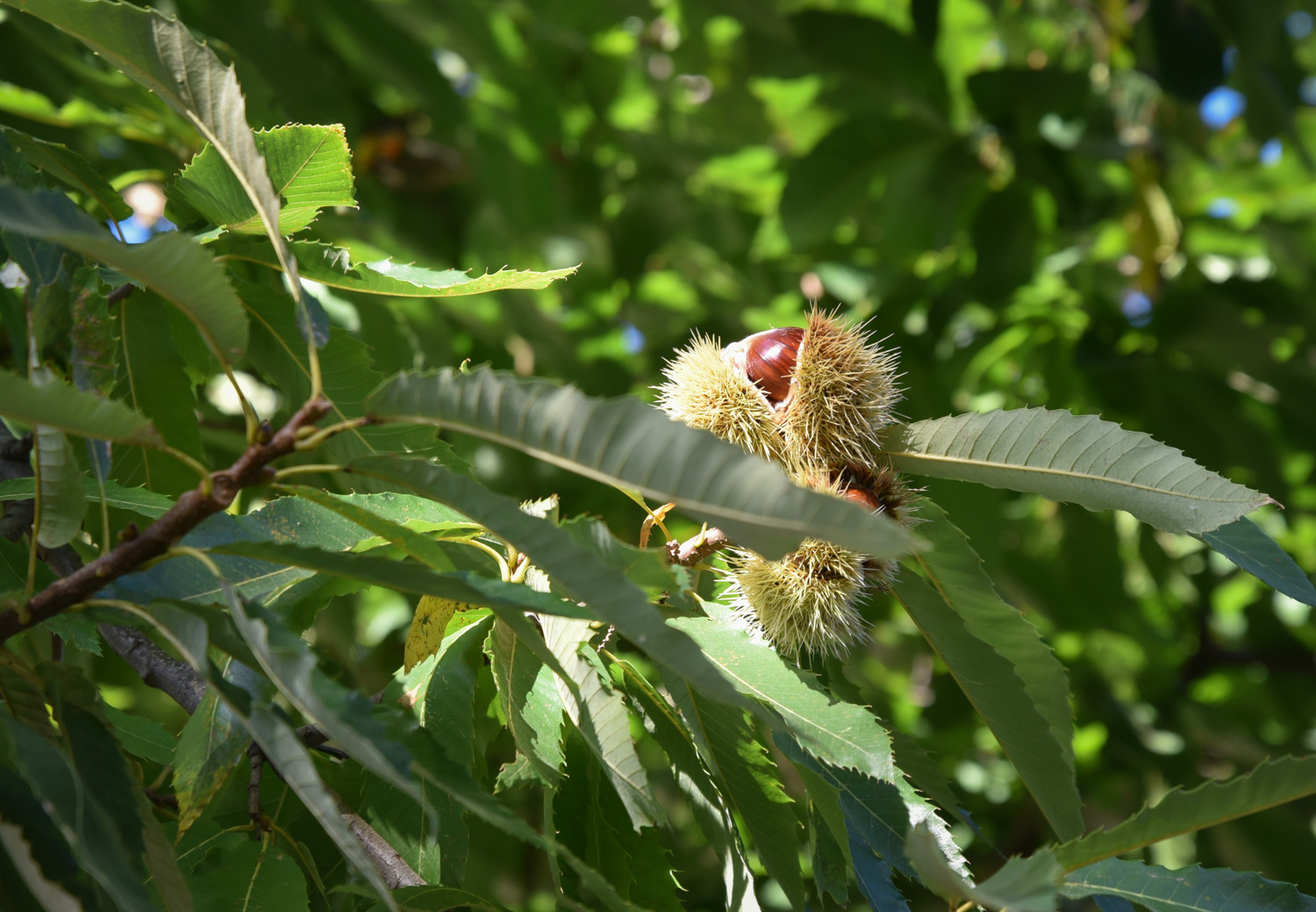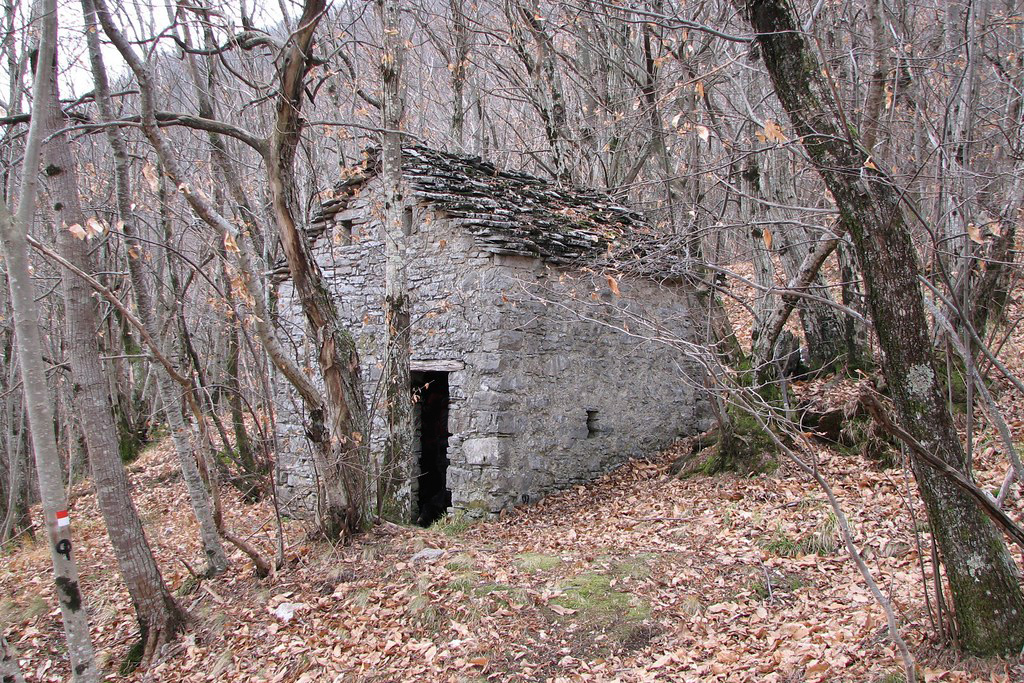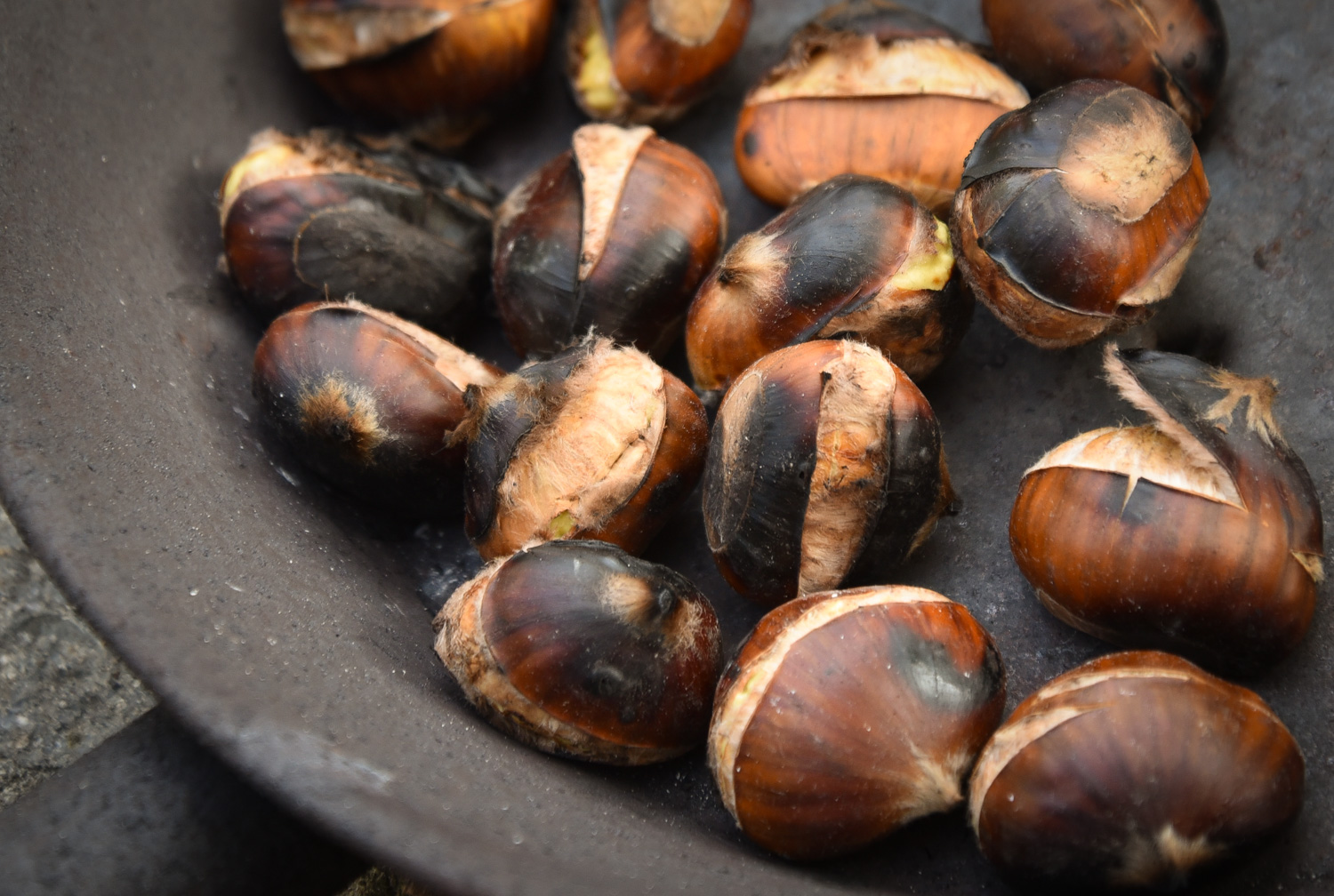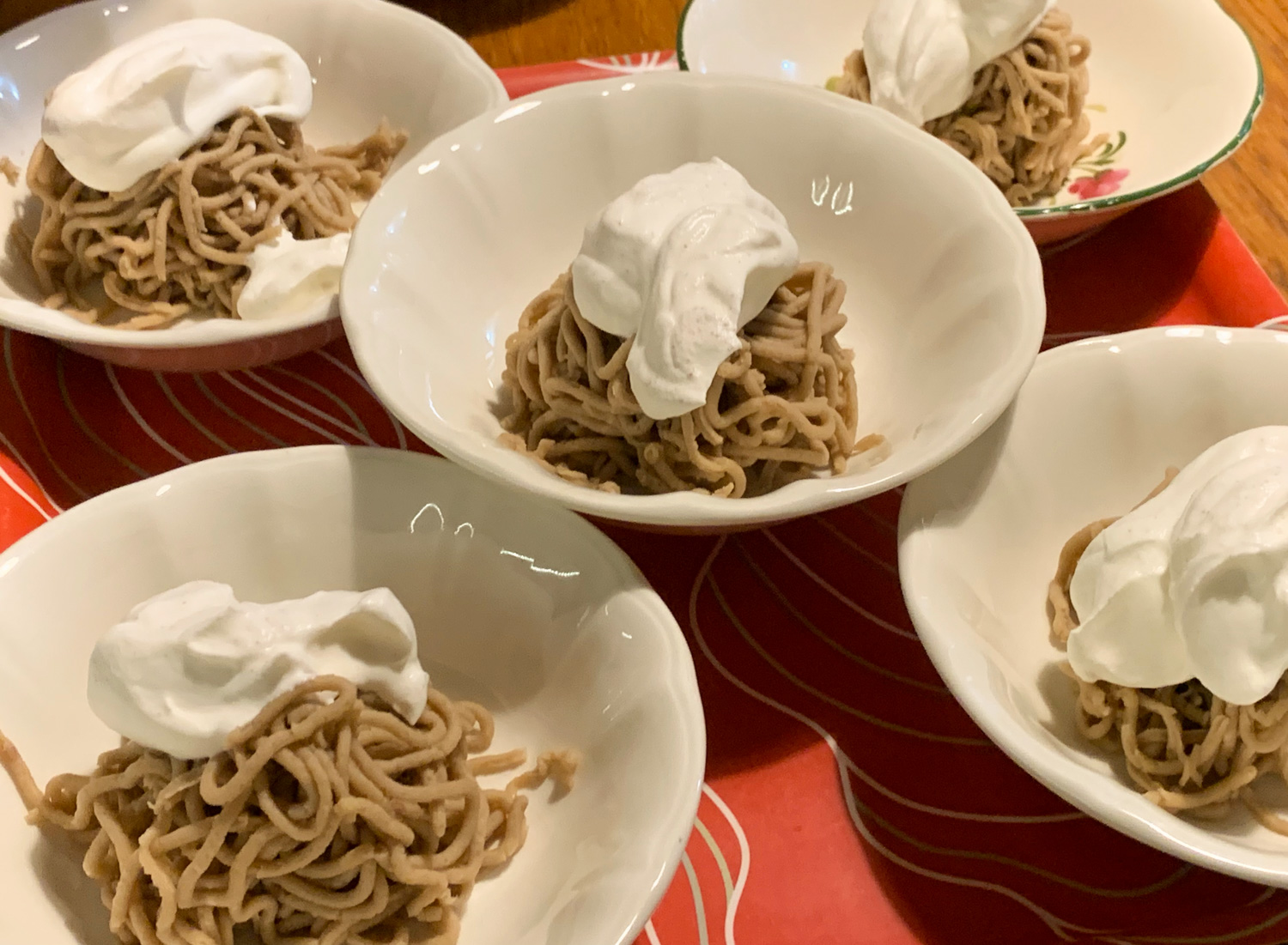Chestnuts in the Apennines
Autumn arrived a few weeks ago and we were lucky enough to be in Italy just as the first chestnuts fell. They were the biggest I’ve ever seen, due to the high rainfall this year.

There is a big, old chestnut tree just in front of our house. It’s trunk must be about a metre thick. Half of it has rotted away, but the other half is happy enough. It has been like that for as long as I can remember. The tree was there before the house was built, over a hundred years ago.
Chestnuts used to be a key food source in the Italian Apennine mountains, often used instead of wheat. Traditionally the chestnuts would have been collected from the woods and then dried in a special stone hut, called a metato. I often come across these little huts when walking in the woods in the area. Some have collapsed, but many are still maintained and are often used as sheds.
The huts are divided into two rooms, the upper and the lower part. The floor of the upper room is made from wooden slats. Here’s a photo of one I found on the internet (I really should take one of my own).

I’ve never seen one being used, but my father who is 86 years old remembers them well from his youth. The chestnuts would be loaded through a small door into the upper room of the hut, which was often built into the hillside to make it easier to access. The room was typically filled with chestnuts to a depth of half a meter.
A fire was then lit in the bottom half of the hut between two semi-circular stones. The fire was very slow burning and used large pieces of wood that would burn for two days. These would have been saved especially for this purpose.
The drying process would take 4 or 5 weeks, with the chestnuts being regularly stirred with a spade so that they dried evenly. During this period it was common for people to gather at the huts and sit low on the floor beneath the thick smoke, where they would eat roasted chestnuts and chat. My father remembers that the floor of the hut would be covered with maggots which had been happily living in the chestnuts and were now trying to escape the heat.
After the chestnuts were dried they would be placed in a big bowl and bashed about with a fork-like instrument to remove the shells. Another method of removing the shells was to fill a sack with the chestnuts and hit them against a tree stump.
The broken shells were then separated from the nuts by placing them into a flat round container and throwing them up into the air in the same way that wheat used to be separated from the chaff.
The cleaned chestnuts were then sorted and the best ones would be sent to the mill to be ground into a highly prized flour. The flour would be an important food source for the coming winter. Most of the rest would be used for animal feed during the winter, along with acorns.
A favourite of my father’s was a flat bread cooked between two hot stones, much like crescenta di Lizzo (Lizzo is just up the road). These would be eaten with the ricotta cheese that my grandmother used to make. They also used the flour to make polenta, which was much richer and sweeter than the maize variety we are used to.
The chestnuts grown in our area were traditionally fairly small, and dark in colour. There were a few trees of another type, marroni. These are a larger variety, more rounded in shape. They have a lighter skin and contain more sugar. My father remembers that these had always been stolen before he could get them.
In recent years, marroni have become quite valuable and several areas of woodland near us have been fenced off and cleared to grow the trees. My father grafted some marroni branches on to our tree about 10 years ago, so now we have both varieties just by the house.
We use them both in many recipes. For example, in a cake by adding them boiled and chopped. They are also great in a risotto.
My favourite is to roast them over a fire. They are easier to peel if the skin is sliced and then soaked overnight before roasting.

Another family favourite is vermicelles, a swiss dessert also known as Mont Blanc. The chestnuts are boiled, puréed, mixed with a bit of sugar, extruded with a special device and served with lashings of whipped cream.

We even made marron_glacé once. Very nice, if you like them sweet.